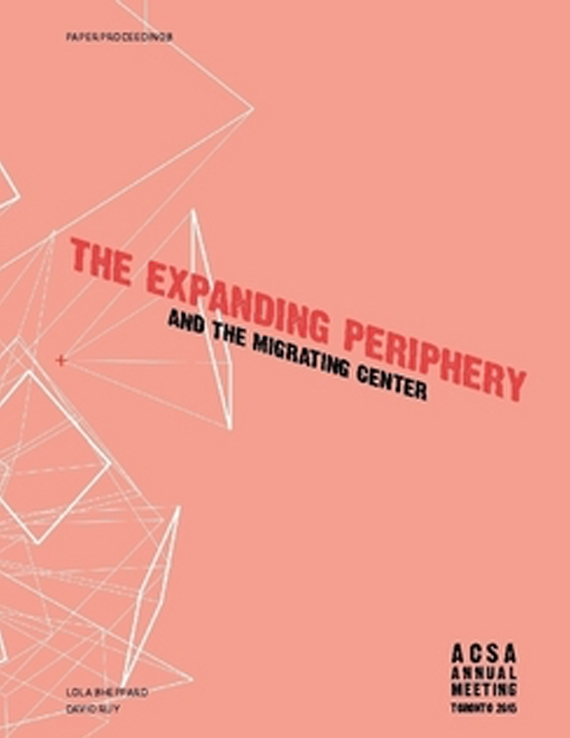Author(s): Antonio Petrov
In the nineteenth century, the politics of imperialism brought the geography of the entire planet into focus. In 1881, in Hopes and Fears for Art: The Prospects for Architecture in Civilization, British writer William Morris abstracted that architecture had to find a new role in the face of the challenges of modernity: “A great subject truly, for it embraces the consideration of the whole external surroundings of the life of man; we cannot escape from it if we would so long as we are part of civilization, for it means the molding and altering to human needs of the very face of the earth itself, except in the outermost desert.”In the aftermath of World War I, new discourses about the role and extend of architecture were formulated, and radically new territories were discovered somewhere between utopia and macro-scale engineering. At stake was nothing more than the complete restructuring and reshaping of the entire surface of the earth. Through the lens of “Weltbaumeister” Bruno Taut and Hermann Sörgel, this paper turns to the early twentieth-century “Weltbauen” in an attempt to recast our understanding of the relationships between utopia, technology, and the environment in which architecture contains territory, and extends itself through it. Translated from the German as world-building or world-making, Weltbauen, partly engineering and partly utopian in meaning, recovered a geographically aligned aesthetic from the long intellectual and political history of modernity. In contention are questions of the restructuring of radical geographies, and how architecture as an expanded and geographically inspired idea structures, shapes and produces complex large-scale territories, and planetary systems. Through the lens of the critique of ideological, political and technotopian orders, this paper analyzes Taut’s Alpine Architecture and Sörgel’s Atlantropa project, and questions central concepts and motives of the twentieth-century that were forged by its Weltanschauungen [worldviews] seeking to address the political significance of nature as the space between the overpopulated metropolis and the hinterland. In question, however, are not only the terms of morphological characteristics of new territories, or as a result its forms and aesthetics upon which the totality of urbanism rests, but also the metamorphosis of the agencies that shape it.
Volume Editors
David Ruy & Lola Sheppard
ISBN
978-0-935502-95-4

 Study Architecture
Study Architecture  ProPEL
ProPEL 
